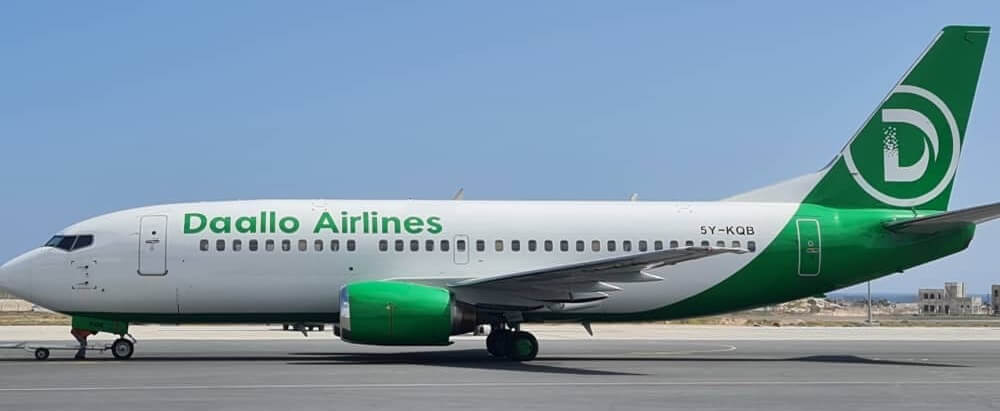Understanding the Memorandum of Understanding
June Edition
This is your semi-monthly series of insights into the aftershocks of the MoU signed between Somaliland and Ethiopia.
The conversation about the MoU in June shifted from the question of “if” to “when.” We are no longer talking about months but days. The latest verified source is Ethiopian MFA spokesperson Amb
@mufti_dina
, who told the BBC that they will provide new details in the coming days.
Nevertheless, there are anti-MoU diplomatic efforts by Qatar and Türkiye that even exclude Somaliland from the process. However, these efforts are limited. Many countries have been “rebuilding Somalia” for 34 years without paying attention to what has been happening in Somaliland.
The diplomats from these countries are equally ignorant and arrogant when it comes to understanding the history, geography, and diplomacy behind the MoU.
In this series, my aim usually is to cover the impacts of the MoU, its feasibility, legality, benefits, and the #aftershocks. Today, I make a U-turn and instead discuss the main drivers behind the MoU.
Historical Drivers
This is not the first time that Somaliland and Ethiopia have signed a trade deal.
– In 2018, Ethiopia became a major shareholder following an agreement with DP World and the Somaliland Port Authority. DP World holds a 51% stake in the project, Somaliland 30%, and Ethiopia the remaining 19%.
– In 2005, Somaliland and Ethiopia officially signed the Berbera Corridor Agreement (BCA), allowing Ethiopia to import and export goods through the port of Berbera.
In brief, Somaliland and Ethiopia have a history of striking successful deals and talks, which makes the 2024 MoU a natural step to the next level. Compare this to 12 years of fruitless talks with Somalia that yielded nothing but war and conflict. Meanwhile, the talks with Ethiopia have contributed to Somaliland’s GDP for almost two decades.
Geographical Drivers
A picture speaks a thousand words. Below is the population density of regions within Ethiopia. When people speak about the Berbera corridor, it is not just about linking a port to a landlocked country. It is a chain of the most densely populated cities and regional areas from the coast all the way to Addis Ababa. It is a chain of population hotspots that is rarely found in the horn. Imagine the economic activity that will be fostered once the right infrastructure is in place for this region. That is why Djibouti or ports in Somalia have issues not just with distance but with the disconnections these corridors will make with desert and sparsely inhabited regions.
Diplomatic Drivers
Why has Ethiopia decided to make this move now? The reason could be the recently active diplomacy of the Somaliland government that has gained attention from the UK, United States, Taiwan, and the UAE. Ethiopia has always viewed Somaliland as a neglected place that no one is interested in. The NDAA 2023 has instructed the US government to conduct a feasibility study on Somaliland. The conversation between Hargeisa and Washington shifted to whether the US should have a military base with recognition or no recognition. This is very different from the Somaliland of the late 90s. Ethiopia understood that it would be harder to strike a good deal with Somaliland after a deal with the UK or the US. With Somaliland demanding recognition in the MoU, this also sent a hidden message to the US that there can never be a US base without recognition, following the Ethiopian example. With a Republican president potentially coming soon, this will even be exacerbated as Somaliland has very strong allies in the Republican Party.
So what can Qatar and Türkiye change? Do not forget, all these drivers combined have caused a paradigm shift in the thinking of the youth in Somaliland. The statement “We are more related to Addis Ababa than to Mogadishu” used to be called “hardline” but today it is in songs and shared all over social media in Somaliland. Finally, after decades of fascist ethnonationalism brainwash by dictator Siad Barre, Somalilanders are returning to their ancient existence where Somaliland ports have been mainly doing business with Ethiopia since 1 AD.
I argue that the inhabitants of this land were actually the first globalists, working with all races—a skill that is handy today in the pursuit of international recognition.
Abdi Daud






